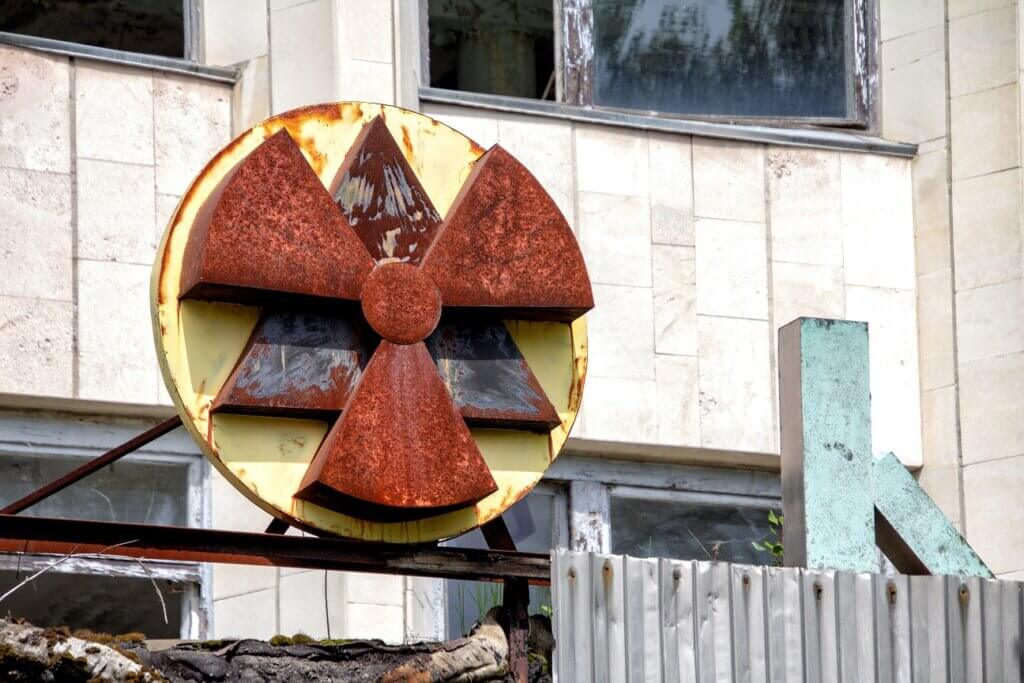Radiological safety is of prime importance while carrying out Radiography testing as x-rays and gamma radiations emitted during RT are harmful to living cells. Radiography is a volumetric NDT test method used to determine internal flaws in castings and Welds. Radiographic testing includes passing of X-rays or Gamma Rays through the test item from one side and recording the rays on an imaging media on the other side giving a permanent visual record of the internal structure of the test items. Radiography testing is an important and widely used NDT method to assess the soundness of castings and weldments. A variety of industrial radiography exposure devices (IRED) are used for non-destructive testing (NDT). These devices incorporate sources of radiation and therefore requirements for safe handling need to be complied with. AERB safety code AERB/RF-IR/SC-1 prescribes the regulatory requirements from a radiation protection standpoint, in respect of safe handling of industrial radiography equipment including, Industrial Gamma Radiography Exposure Devices (IGRED), X-ray units, and accelerators.
To learn more about Radiography Testing Read our Blog :
Why Radiological safety is important in industrial radiography?
When the radiation passes through the body, it transfers some of its energy to the cells in the form of ionization and excitations, which in turn lead to a number of chemical changes that are generally harmful to cells that lead to either cell death or cell modification. The biological effects of radiation can be classified into two groups, depending upon the type of cells damaged i.e. somatic or hereditary. Somatic effects arise from damage to the somatic cells and they occur in the tissues of the exposed person example: effects on the skin, blood, lung, bone, thyroid, etc. Cancer is one of the late somatic effects of exposure to ration. Hereditary effects arise from the damage caused to the germ cells and occur in the progeny of the irradiated person.
Basic Terms in Radiological Safety

RADIOGRAPHY – CORDON OFF DISTANCE CALCULATION
Q- What is cordon off Distance?
Ans– How far is the public is to be blocked from the Radiography area in case of open filed radiography.
Q- Why and How to do Cordon OFF?
Ans-The safe method to execute the radiography is to avoid the public reaching the radiography area. This can be done by hard/soft barricading, bringing warning lights, warning signs, Hooters, etc.
Q- How cordon off Distance is calculated?
d = √( W x U x T)/ P
Where:
d is the distance in meters.
W = Work Load = Dose Rate x Present Activity of your Source x Working hours in a week.
(Ir-192: Dose rate = 500 m R/Ci/m/hr . Co-60: Dose rate = 1300 mR/Ci/m/hr)
Use factor U = 1
T = Occupancy factor around the site
For Full Occupancy T= 1
For Partial Occupancy T= ¼
For Occasional Occupancy T= 1/16
P = Permissible Dose limit for public , = 2 mR/wk = 0.002R/wk
Use of Survey Meter for Cordon OFF:
Cordon Off the area around the Radiography area where the meter shows 0.0 mR reading.
Survey meters in radiation protection are hand-held ionising radiation measurement instruments used to check such as personnel, equipment and the environment for radioactive contamination and ambient radiation. The hand-held survey meter is probably the most familiar radiation measuring device owing to its wide and visible use.
The survey meter is the most important resource a radiographer has to determine the presence and intensity of radiation. Reviews of incident and overexposure reports indicate that a majority of radiation accidents occurred when a technician did not have or did not use a survey meter.
References :
- AERB/RF-IR/SC-1 AERB safety code for Industrial Radiography
- BARC Safety Guide
- Feature image : Photo by Yves Alarie on Unsplash
